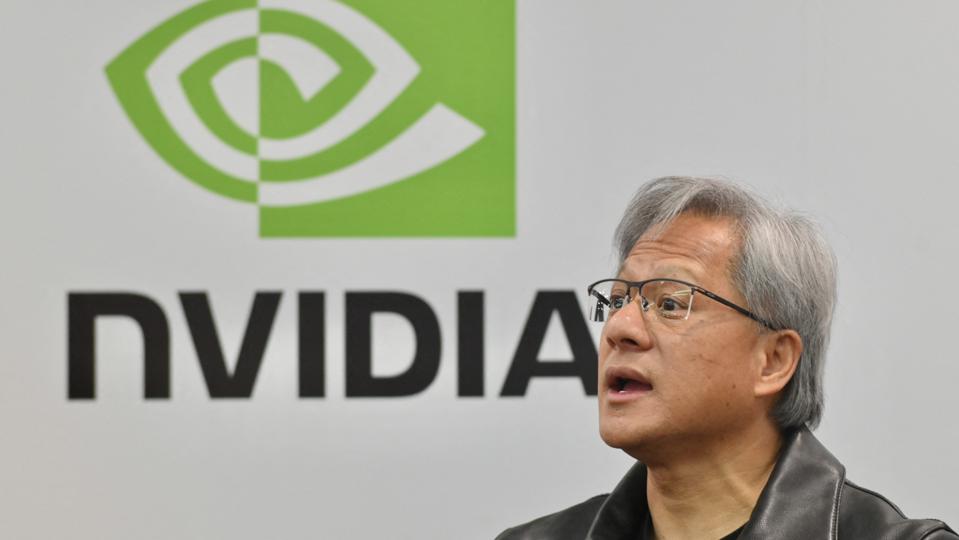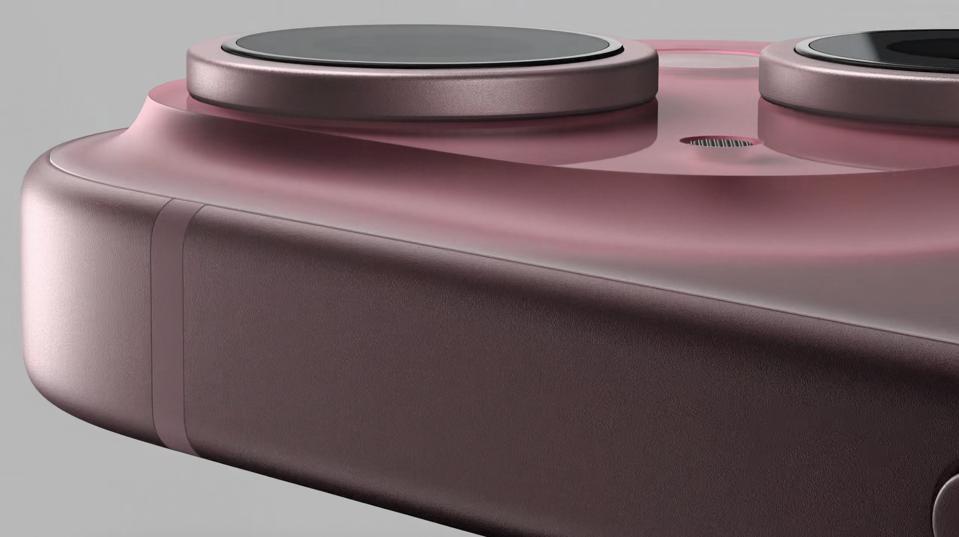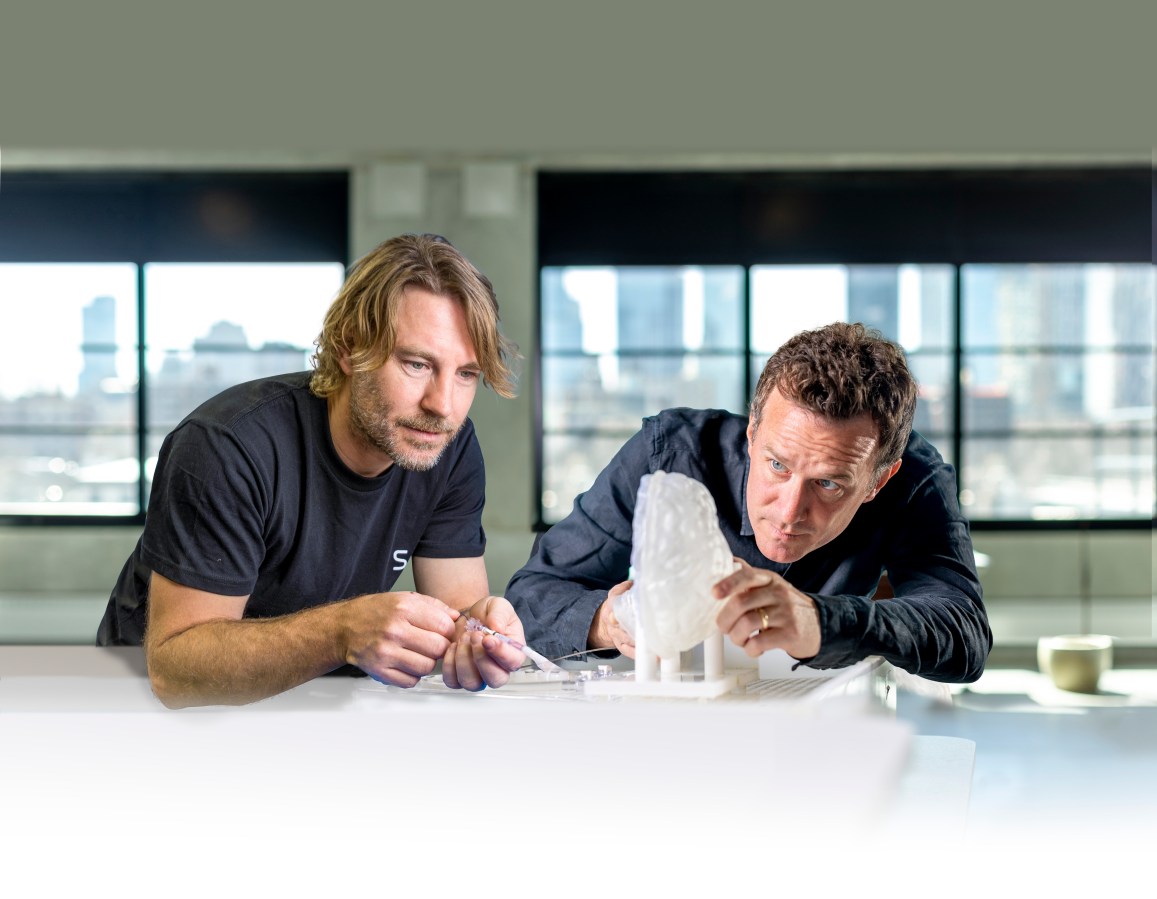Chip designer Arm Holdings held its initial public offer (IPO) on September 13, banking US$54.5 billion (AU$84.8 billion), making it the year’s biggest IPO to date.
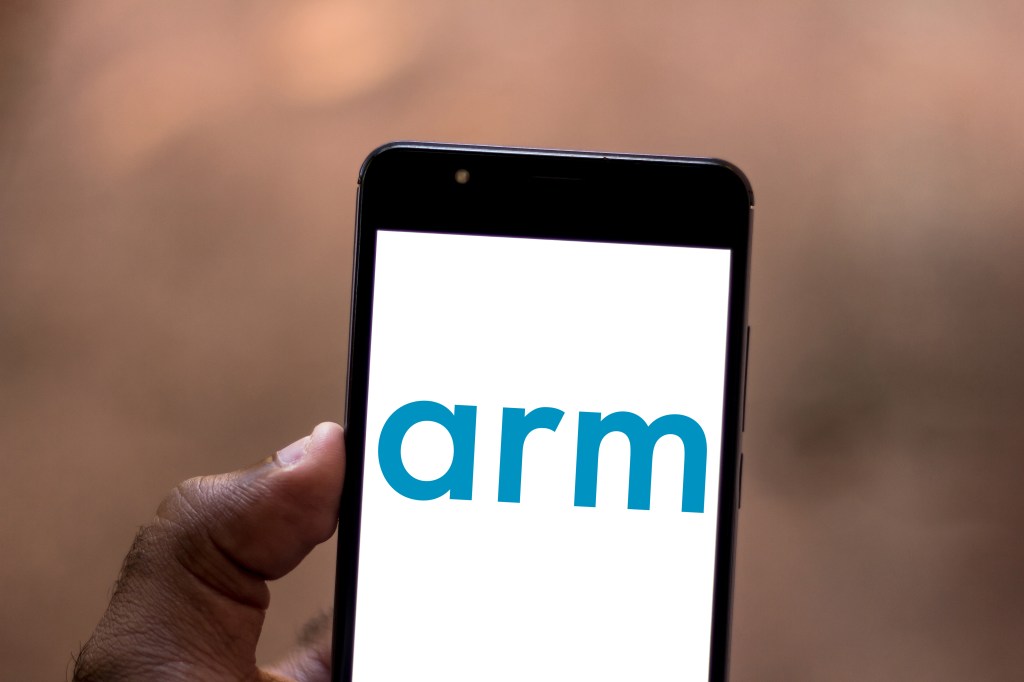
Arm, which is backed by Japanese investment firm Softbank, filed for IPO in August, seeking a valuation of between US$60 billion and US$70 billion. The IPO would mark the company’s return to public markets, after Softbank took it private back in 2016 in a US$32 billion acquisition.
Who is Arm?
Arm is a British semiconductor company. In its August IPO filing, the company stated: “Arm is defining the future of computing. Semiconductor technology has become one of the world’s most critical resources, as it enables all electronic devices today. At the heart of these devices is the CPU, and Arm is the industry leader of CPUs.”
CPUs are central processing units, which are the main processor in a computer. According to Arm’s site, the CPU is a “complex set of electronic circuitry that runs the machine’s operating system and apps”.
I expect Arm to be the most important CPU architecture of the next decade.
Jensen Huang, founder and chief executive officer of NVIDIA
Arm designs, develops and licenses its CPU products to other leading semiconductor companies. So far, Arm has developed more than 250 billion chips in everything from sensors to smartphones to servers. It claims 99% of premium smartphones are powered by Arm – including Apple and Samsung.
The company was founded back in 1990 as Advanced Risc Machines Lt, and was a jointed venture between Acorn Computers, Apple and VLSI Technology. It first listed on the London Stock Exchange and NASDAQ in 1998, but was acquired by Softbank for US$32 billion in September 2016 and taken private.
Nvidia merger
In 2020, Nvidia, which manufactures graphics processors, or GPUs, revealed plans to acquire Arm for US$40 billion, paying US$2 billion to Softbank and Arm at signing. The plan was to bring Nvidia’s AI computing platform together with Arm’s ecosystem to create a “premier computing company for the age of artificial intelligence”. The deal faced backlash from regulators, who argued a merger would give Nvidia too much control over chip designs.
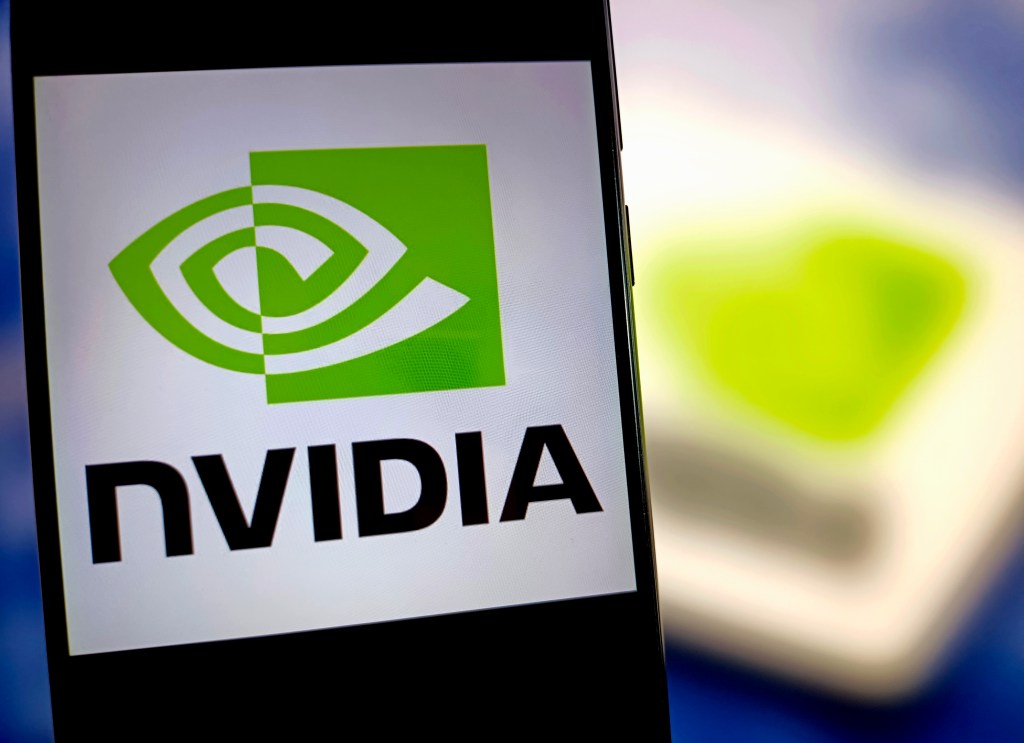
In February 2022, Nvidia called off the deal, citing regulatory challenges. It also stated Arm would begin preparations for its own public offering.
“Arm has a bright future, and we’ll continue to support them as a proud licensee for decades to come,” Jensen Huang, founder and chief executive officer of NVIDIA, said at the time. “Arm is at the center of the important dynamics in computing. Though we won’t be one company, we will partner closely with Arm… I expect Arm to be the most important CPU architecture of the next decade.”
Softbank ups its stake
Ahead of Arm’s IPO, Softbank upped its direct stake in the company by acquiring Vision Fund’s (Softbank’s venture capital fund and the world’s largest tech-focused investment fund) 25% stake in the business, valuing Arm at US$64 billion at the time.
At the time it was reported that Softbank was expected to retain about a 90% stake in the business at IPO.
Arm IPO
Arm completed its IPO on Wednesday, September 13, and secured a US$54.5 billion valuation (about US$10 billion less than pre-IPO).
Arm shares were priced at US$51-a-share, with the company raising US$4.87 billion from 95.5. million shares sold. Earlier in the month, Arm signed on its major clients – Apple, Nvidia, Alphabet and Advanced Micro Devices – as cornerstone investors, Reuters reported.
This makes it the year’s largest IPO.
Arm: Key figures
In its IPO prospectus, Arm reported its total revenue was relatively flat at US$2.68 billion, compared to US$2.7 billion in the previous financial year (for Arm, its fiscal year ended March 31, 2023). Its net income was US$524 million, compared to US$676 million in the previous year.
It comes as the semiconductor industry prepares for a downturn led by decreasing demand, high wages, trade restrictions and rising inflation, according to Deloitte.
“The current downturn isn’t solely driven by market forces, but rather a complex combination of factors including the lasting impact of the COVID-19 pandemic, increased geopolitical complexity, and shifts in the labor market,” Deloitte writes in its 2023 semiconductor outlook.
“Companies have likely been laser-focused on navigating the current constrained supply environment, doing everything they can to stay competitive. However, as the market slows down and the need for additional capabilities becomes more apparent, companies are often expected to take a step back and consider investing in building more resilient capabilities to thrive in a more balanced market.”
Look back on the week that was with hand-picked articles from Australia and around the world. Sign up to the Forbes Australia newsletter here or become a member here.
